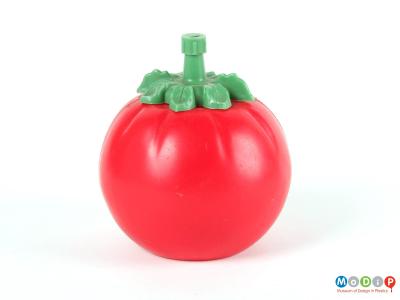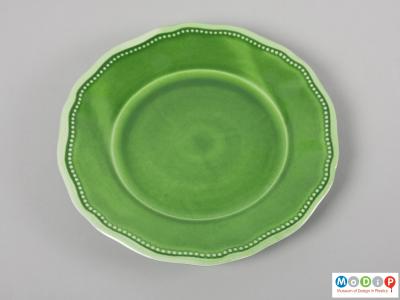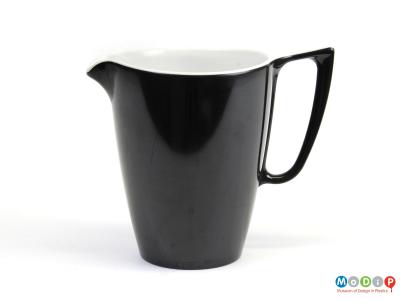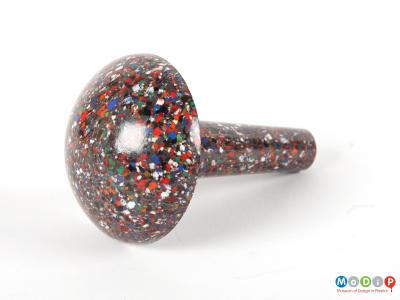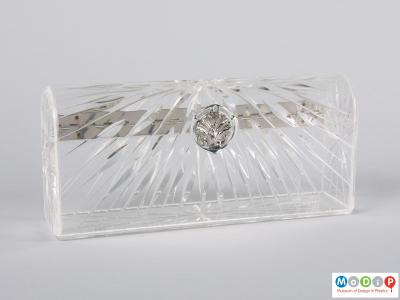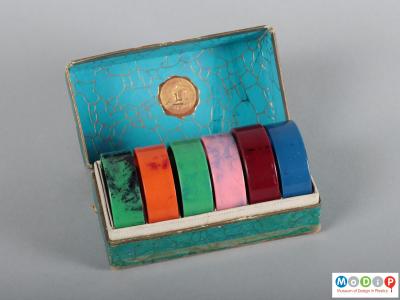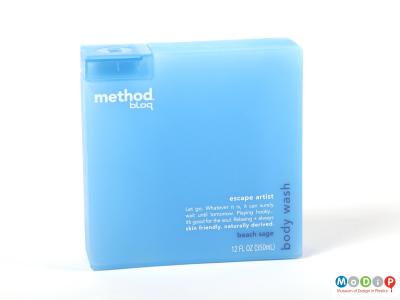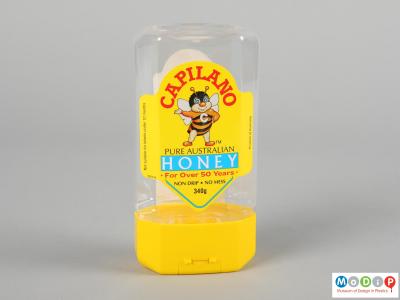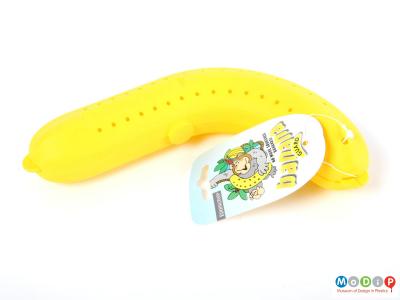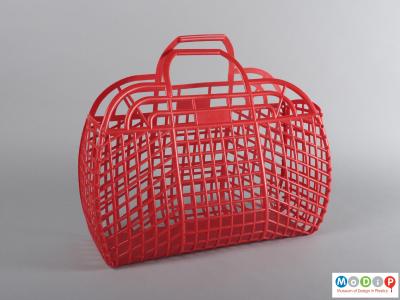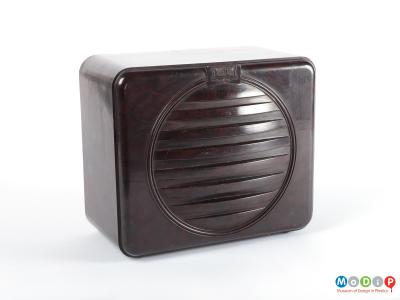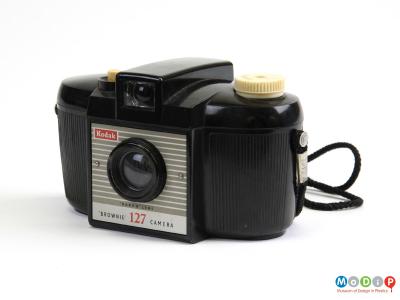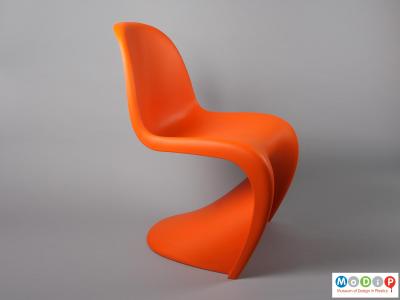Manmade plastics have no inherent characteristics that define what is possible. They can be made to different recipes to meet the desired specification. Plastics composites in Formula One cars are a good example. Thus the design process can take precedence over other considerations. Consequently, plastics have released design from many of the constraints imposed by traditional materials and transformed the vocabulary of design.
Plastics and imitation
Plastics can have any form, colour or texture, thus they are excellent imitators of the natural and manmade world. They have been widely used to imitate natural materials, usually producing a cheaper product and often making a look of luxury widely available at reasonable cost. Plastics’ imitative ability, sometimes re-contextualising the form of familiar consumer products, has also resulted in the introduction of humour to the design lexicon.
The plastics’ palette
Modern plastics have no inherent colour. Like traditional materials they can be painted but colouring can also be, and often is, integral to the manufacturing process. Plastics can be any shade or tone with the result that the same product can be manufactured in different colours and a single product can have a range of hues. They can also be transparent and translucent. Thus plastics have made possible a more varied and brighter design palette.
New design solutions
Plastics perform in ways not found in traditional materials enabling new design, fabrication and function solutions. Their flexibility inspired the redesign of bottles into squeezable containers, often upended, and the invention of the snap joint, an assembly method for interlocking components. The ‘living hinge’, a way of linking rigid plastics with flexible pieces of the same plastic in a single manufacturing operation, has provided new design opportunities.
Plastics and form
Plastics are manufactured in many ways but the majority involve moulding. Although they can take any form, their malleability has inspired the use of rounded forms. This is especially evident in modern technological products, such as radios, telephones and cameras, which had no established casings in traditional materials. Subsequently plastics’ mouldability and their capacity for one-piece moulding have inspired new forms for traditional products.

